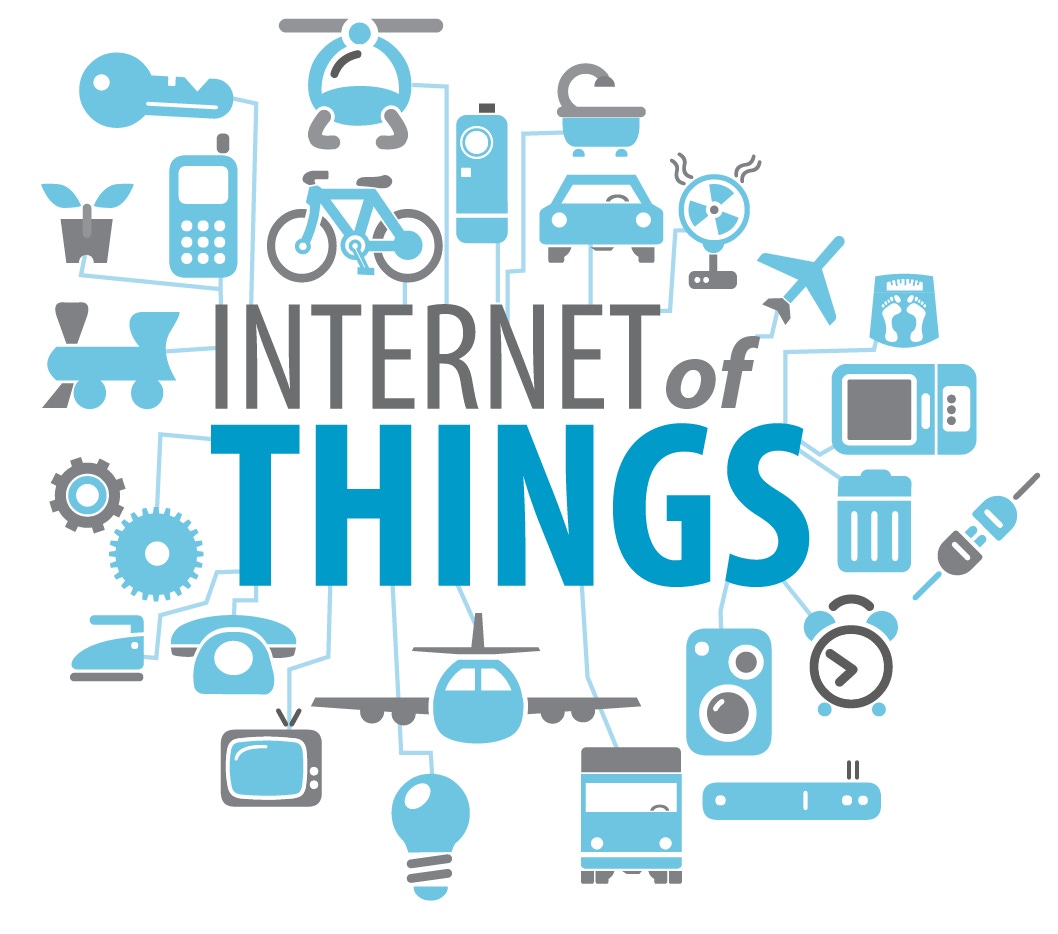Top 5 IoT Predictions for 2015: Part ITop 5 IoT Predictions for 2015: Part I
You can seldom open a news website or newspaper today without seeing some mention of the “Internet of Things” (IoT). According to Gartner, “4.9 billion connected things will be in use in 2015, up 30 percent from 2014, and will reach 25 billion by 2020.” From our refrigerators to our vehicles, soon everything will be interconnected and sharing data that will change the way we live and work. But with the promise of massive digital transformation through IoT comes the potential for logistical and security nightmares.
February 9, 2015

You can seldom open a news website or newspaper today without seeing some mention of the “Internet of Things” (IoT). According to Gartner, “4.9 billion connected things will be in use in 2015, up 30 percent from 2014, and will reach 25 billion by 2020.” From our refrigerators to our vehicles, soon everything will be interconnected and sharing data that will change the way we live and work. But with the promise of massive digital transformation through IoT comes the potential for logistical and security nightmares.
In this two-part Q&A, Oracle's Scott Armour discusses the obstacles and opportunities he predicts for IoT in the coming year. Armour is group vice president at Oracle, responsible for global Java and IoT go-to-market strategy.
Q. Scott, IoT is further fueling the creation of data that the industry will eventually have to manage. What are the challenges here for the IoT industry?
A. I think the key word here is “manage.” Yes, IoT in almost every form can generate a tremendous amount of data. The question is, how important is that data? Is the data basic or critical? Does it require immediate action? Is it personal or private, and therefore must be treated more securely? No matter the case, Oracle believes that when the edge is more intelligent, the overall system is better able to manage the flood of data and convert it into a stream of valued intelligence–on everything from operations to customer interactions. Part of addressing that flood of data is to ensure it is categorized or labeled clearly and consistently. Standards exist for labeling data in flexible ways, but one issue that will plague IoT is that the industry is lacking agreed-upon standards needed to share data between different endpoints.
Oracle believes it can help address these problems by extending proven enterprise-class solutions to devices, enabling simpler design and development, robust scalability and data integration for IoT solutions. Oracle is investing in an IoT architecture that enables devices to participate in a business-driven decision-making process which helps companies learn faster and react sooner—and which helps manage the vast amount of data coming into the enterprise.
Q. Which industry verticals will lead the way in deploying IoT applications?
A. It won’t surprise you to find that those industries and verticals that can realize the largest immediate value from edge data and analytics are pushing the hardest to adopt IoT models. Certainly there is a lot of activity in the consumer space around fitness/wearables and home monitoring. Oracle is also beginning to see a lot of IoT interest in industries like telematics, healthcare, industrial automation and building automation.
For example, health care has been working on IoT-like solutions for some time to better manage equipment in hospitals, but an important trend is moving patients out of hospitals sooner to recover more effectively at home. These patients must have a reliable, secure and flexible home monitoring system that can extend a hospital’s care and oversight to the home during the recovery period. Remote systems must be provisioned with the patient’s status and key set points, requiring alerts to be identified and processed quickly and reliably. The cost savings for this approach are tremendous for hospitals and patients alike, creating intense demand for these solutions. Oracle is working with major care providers and device manufacturers to design solutions that care providers can use to connect to home health hubs and assorted medical equipment.
The industrial automation and building automation sectors have been implementing machine-to-machine [M2M] systems for many years now. IoT offers the ability to unlock the value of data that often never leaves the control systems for a factory pod or a building wing. Unlocking and sharing that data enables equipment users to apply predictive analytics to potential failures and to optimize operations across a much broader set of equipment than ever before. Managing failures is critical for industries, as line stoppages due to equipment failure are extremely expensive and often dangerous. As in the above cases, Oracle is working with major equipment providers to use Java’s inherent communication features and a rich set of functionality to better share data and anticipate problems.
Stay tuned for the second installment of Scott’s Q&A, which will outline the effects of IoT on customers, how Oracle can address the concerns of IoT, and the use of intelligent devices in various verticals.
Cheers,
Joel Borellis
Joel Borellis is group vice president, Partner Enablement, at Oracle. Monthly guest blogs such as this one are part of The VAR Guy’s annual sponsorship. Read all of Oracle’s guest blogs.
About the Author
You May Also Like


